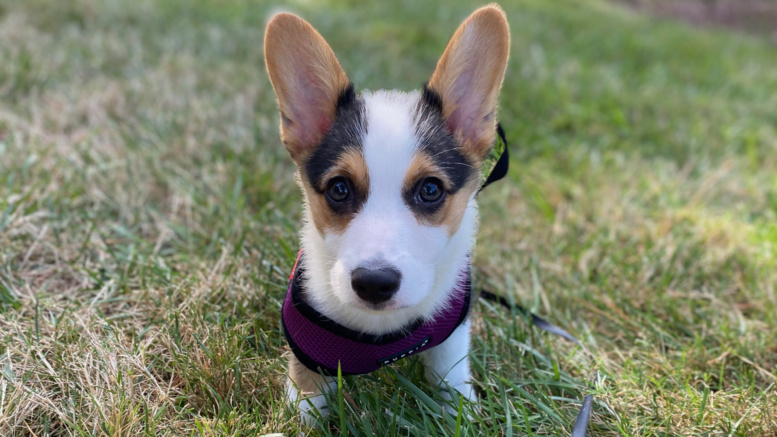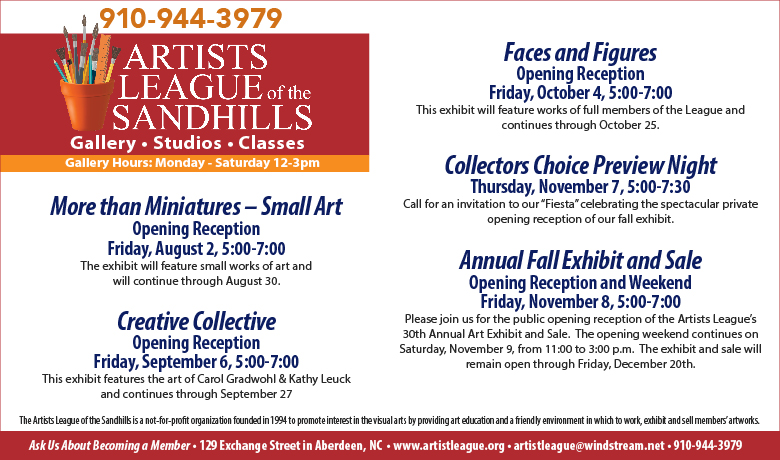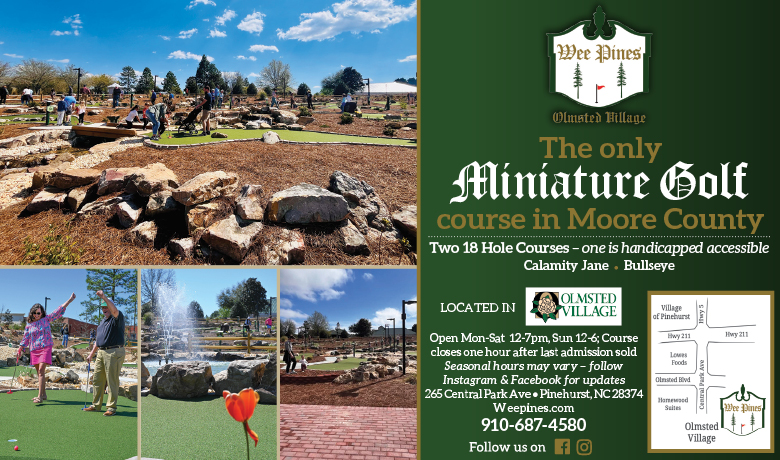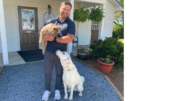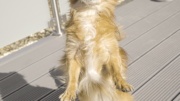Contributed by Neil Copeland at Seven Lakes Kennels.
During those first initial weeks after you bring home your puppy, he learns quickly and is eager.
We all are so proud of our puppies learning “sit,” a little bit of “stay” and starting to potty train. Up to about four months of age, all is great and then — boom! — your puppy only does it when he wants to.
I’m going to go over some free “shaping” exercises that will have a lasting effect for two frequent behaviors.
We have discussed the power of positive reinforcement at length, and you all know that treats help. I would like to discuss the “here” command when let outside to go to the bathroom.
Many people reward directly after the puppy goes to the bathroom. That is great and probably needed initially. Treats can pair the behavior with goodness.
The placement in which the treat is given is important to how you intend to shape the future. If the treat is always given in the yard directly after the bathroom, your puppy will anticipate getting the reward there in the yard.
Generally, after the treat is given, there could be a struggle to recall the puppy back into the house. Try starting to give the treat at the door, then moving inside and eventually to the space where you would like to give the treat. The puppy will start to go to the door and eventually inside to get their treat. Try using this method and watch the puppy recalling all on their own.
Another behavior I hear about is bolting through the door when it opens. Again, early on using a treat can help shape some behavior.
Most dogs run to the door with a strong anticipation to run through it. I bet most of us have experienced a dog running to the door and practically putting their nose in the seam, waiting to bolt. Try using some shaping of giving a treat about 10 feet from the door, working on a sit and stay.
First start by just getting a sit, then start moving away from the puppy to the door and, lastly, start using the doorbell, knocking and other cues your home may have. This procedure will take time and will be dependent on the maturity and mental capacity of your individual puppy.
These tips are for the puppy stages and, if you are consistent, will carry you through the adolescent stages. Enjoy your puppy and anticipate the behaviors you want from a two-year-old dog.

